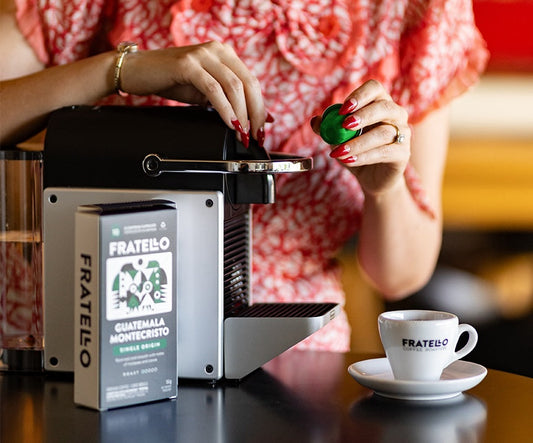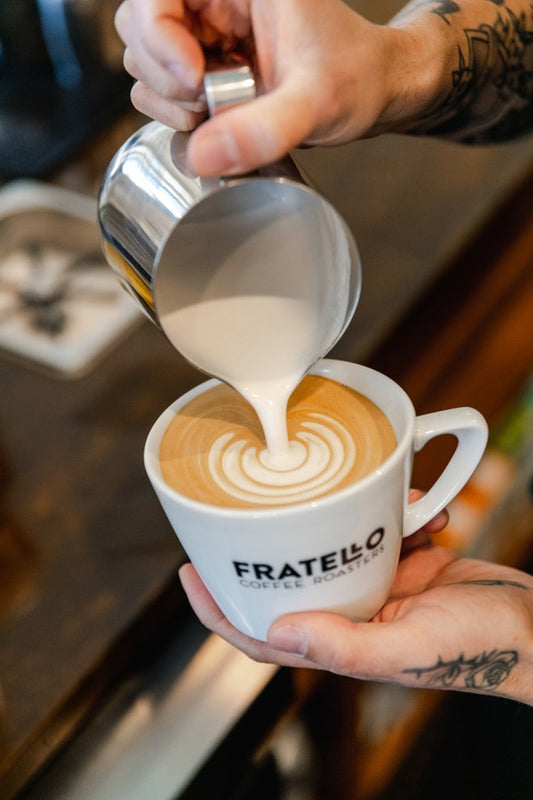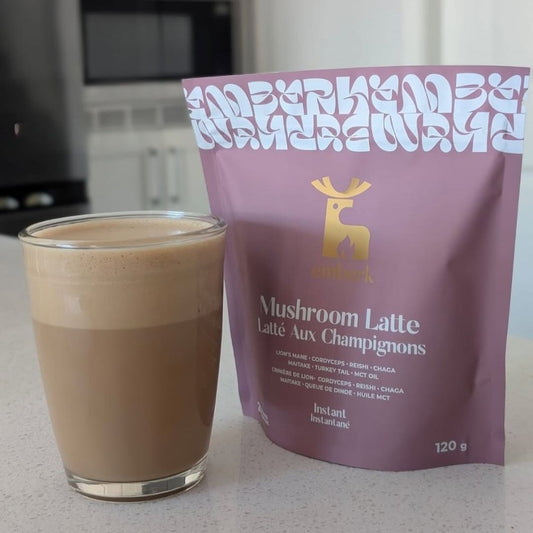How to Read a Coffee Label Like a Pro

Do you ever go to buy a bag of quality coffee, only to stare blankly at the information on the label? Maybe you see “elevation: 1600 masl” or “varietal: SL-28.” What the heck does “honey process” mean? If you don’t know what it all means, it can make your head spin. You’re not alone. The world of coffee is vast and can be complicated. If you want to get the best coffee around, it starts with understanding what you’re buying.

Don’t let complicated labels plunge you into imposter syndrome! Great coffee is for everyone, and it’ll take some time to get acquainted with the specialty coffee label. Maybe you’re searching for particular tasting notes, or just want to learn more about specialty coffee. Or, maybe you just want to impress your friends with your knowledge! Either way, you’ll find that this tidbit of information isn’t so trivial afterall. Learning how to read coffee labels is not only important for understanding the journey the beans have taken before ending up in your cup, but also for being able to make educated purchase decisions.

Why should I read the coffee label?
If you’re becoming a real coffee lover, understanding the coffee label will take your passion to the next level. Plus, it’ll help you spot ethical coffee right away. Ethical coffee is coffee produced with the wellbeing of farmers in mind, and it’s more expensive as a result. Most coffee on the market today is incredibly cheap, and farmers don’t get a fair share.
You won’t find a comprehensive coffee label on bags of poor quality coffee. That’s because poor quality coffee companies don’t want you to see the ugly side of the coffee industry. Read any Fratello coffee label, and you’ll find the country, region or farm, process, roast date, and roast level. If you check out our online coffee collection, you’ll find even more information about the producers. Coffee labels aren’t just for laughs–they’re for traceability and transparency.
Specialty Coffee Label Specifics
Here are the most common pieces of information you’ll see printed on a specialty coffee label.
Coffee origin
It’s not enough to know which country your coffee came from–you should know the origin, and ideally, the farm. You can even get information about the microlot. For example, with our Guatemala Montecristo, “Montecristo” refers to the microlot where the coffee was grown. If you read the label further, you’ll find that it comes from the San Marcos region of Guatemala.
Even if you’re buying a coffee blend, you should know which origins make up the blend. Don’t be fooled by flowery language that describes the coffee with no information about where it comes from.
Coffee elevation
Coffee elevation is everything in specialty coffee. Quality arabica coffee is a delicate plant, and it likes to grow in cool, shady conditions. Growing coffee at higher altitudes achieves this. Lesser quality coffees are grown in full sun and on lower elevations. Although sun-grown, lower elevation coffee makes for a big yield, the quality of the coffee suffers.
When you see “1600 masl” on a coffee label, that means that it’s grown at 1600 metres above sea level. You might also see altitude in feet.

Tasting notes
Good coffee doesn’t need artificial flavourings to taste delicious. You’ll often find tasting notes printed on coffee bags that refer to the subtle characteristics unique to that bean. When it comes to fruit notes, you could see apple, cherry, or blueberry. For sweet notes, you could see toffee, caramel, or molasses. You could even come across notes like nutty, chocolatey, floral, earthy, and even smokey.
As a newbie coffee enthusiast, these flavour notes can be daunting. You may be thinking, “the bag says floral, but all I taste is coffee!” Remember, it takes a long time to develop a flavour palate. If you want to speed up the process, purchase two coffees with wildly different flavour notes, and try them side-by-side. For example, try our Ethiopia Guji (citrus, watermelon, bright) next to our Godfather Espresso TM Blend (milk chocolate, caramel, smooth).
Coffee process
For those who don’t know, coffee is actually the seed of a cherry. The cherries grow on shrub-like trees, and are picked ripe once they turn dark red. Farmers pick thousands and thousands of cherries, and the seeds are extracted. The extraction method is referred to as the coffee process. There are a few different processes, and different processes lead to unique flavours. Here are the most common ones.
- Washed: In the washed process (or “wet process”), all of the pulp is removed before the beans are laid to dry. To achieve this, the cherries are placed in water tanks, and the whole cherry is removed from the seed. This imparts a much-desired clean taste in the coffee. Because this process requires a lot of water, some origins opt for other processing methods that require less fresh water.

- Natural: In this process, the coffee seeds are not removed, and the cherries are dried with their seeds intact. After drying, the dried cherries are hulled to extract the seeds. This imparts a very sweet, fruity flavour to the coffee. This process is great for producers who have limited access to fresh water.

- Honey: The cherry skin is fully removed, and some or all of the mucilage (or flesh) is left on during drying. This causes fermentation, and as a result, the flavour is fruity or sugary. Honey processes range from yellow honey (less mucilage left on) to black honey (more mucilage left on).

- Anaerobic: This is a newer process, where the cherries are placed in oxygen-deprived barrels for hours to days to ferment. This is a tricky process because the coffee can over-ferment and rot. But when done properly, the coffee can take on delicious, exotic flavours like tropical fruit and spices.
Varietals
Just like with wine, arabica coffee has its own varietals. With wine, you’ll see different grapes, like merlot, chardonnay, or bordeaux. In coffee, you’ll see varietals like typica, caturra, catuai, SL-28, bourbon, and more. There are over 1000 heirloom varieties, though typica is said to be the oldest known coffee varietal.
Roast level
Roast level refers to roasted coffee, not green coffee. Roasts range from light to dark. Lighter roasts tend to have a bright, acidic, fruity flavour. On the other hand, darker roasts will have more of a bold, toasty, chocolatey flavour.

Roast date
Make sure to buy beans that have been roasted within the past two weeks. Roast date is extremely important if you want to drink fresh coffee. Many coffees sold at the supermarket will have coffee that’s been roasted months ago and vacuum-packed. Specialty coffee roasters will never offer stale, months-old coffee. Just say no to stale coffee!
The cream of the crop
Coffee is one of the top most traded commodity in the world, along with sugar, corn and oil. As a result, there’s a lot of bad coffee out there. You can dodge a bullet by only purchasing coffee with information about process, elevation, and more. Life is too short to drink poor quality coffee. So do yourself a favour, and learn to read coffee labels like a pro!
Want to learn more about specialty coffee? Check out our blog post about new crop coffee.



